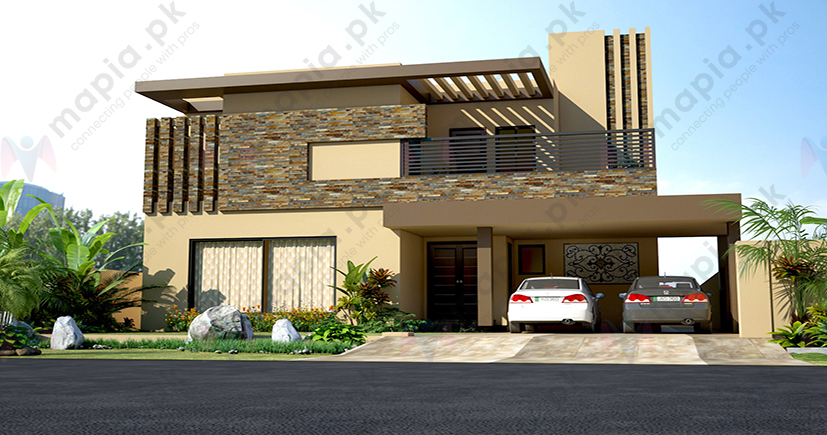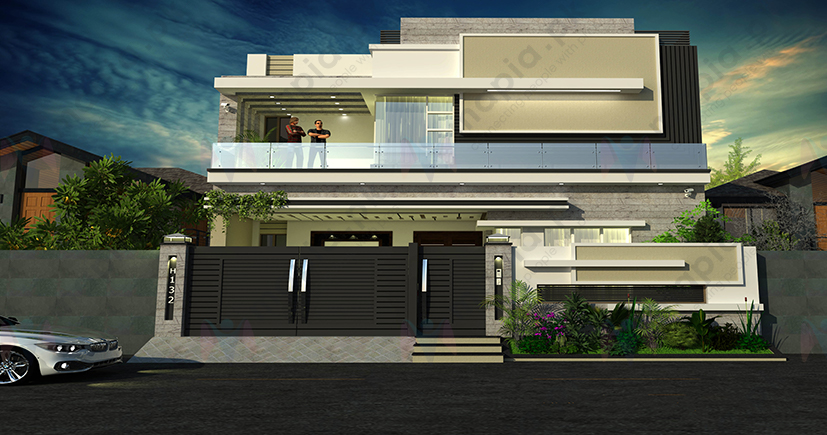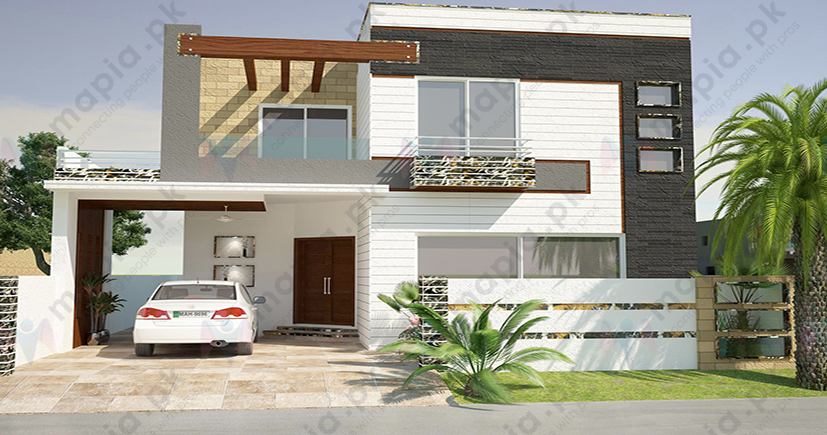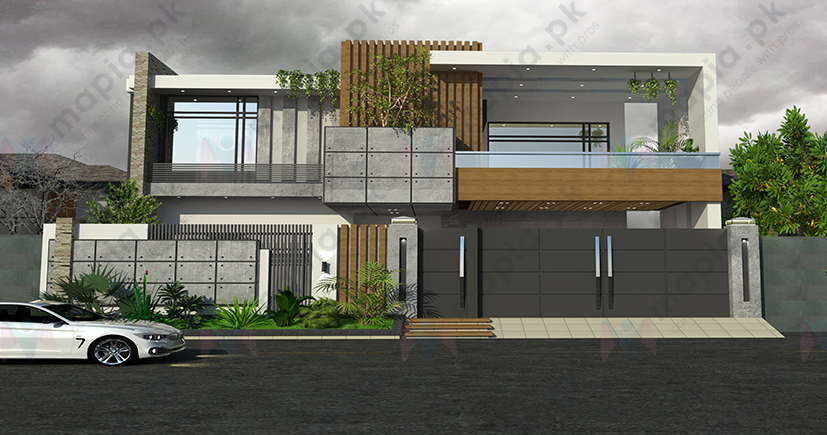
The Ultimate Guide to Choosing Bathroom Tiles in Pakistan
Bathroom tiles are an essential element of any bathroom design. They not only serve a practical purpose by providing a durable, waterproof surface for the floor and walls, but they also add style and personality to the space.
Let's take a deep dive into this subject and see what we can learn.
With so many different options available, it can be overwhelming to choose the perfect tiles for your bathroom. Here are some things to consider when selecting bathroom tiles:
What To Consider When Buying Tiles for Bathrooms
When choosing bathroom tiles, there are several factors to consider, including the size and layout of the bathroom, the desired look and feel, and the budget. Here are some tips for selecting the right bathroom tiles:
Durability:
Bathrooms are high-moisture environments, so it's important to choose tiles that can withstand the constant exposure to water. Choose tiles that are resistant to water, stains, and scratching and can withstand moisture. Ceramic and porcelain tiles are both good options for bathroom flooring because they are resistant to water and stains. They are also easy to clean and maintain. Stone tiles are also durable options.
Consider the Material:
Tiles are typically made of ceramic, porcelain, or natural stone. Ceramic tiles are made from clay and are fired at a high temperature. They are a popular and affordable choice for bathroom surfaces. Porcelain tiles are made from a type of ceramic material that is even denser and more durable than regular ceramic tiles. Natural stone tiles are made from materials like marble, granite, or slate and sometime can be more expensive than ceramic or porcelain tiles.
Consider the finish:
There are several finishes to choose from, including glossy, matte, and textured. A glossy finish can add a luxurious touch but slippery, while a matte finish can be more practical and easier to clean.
Cost:
Determine your budget when selecting tiles for your bathroom. While natural stone and high-end ceramic tiles can be more expensive, they may also be more durable and have a longer lifespan. There are many affordable options available, such as local made ceramic tiles, that can still provide a high-quality look.
Size:
Consider the size of the tiles and how they will fit with the overall design of the bathroom. Larger tiles can create a modern, open feel, and can make a small bathroom appear larger while smaller tiles can be more traditional and can be used to create a more detailed and intricate design.
Style:
Bathroom tiles come in a wide range of styles, from classic and traditional to modern and contemporary. Consider the overall design of your bathroom and choose tiles that complement the space. You can choose from a variety of colors, patterns, and textures. You can also mix and match different types of tiles to create a unique look.
Hire Best Architects for your construction project in Pakistan. Click to create Project Inquiry.
Think about the color and pattern:
The color of the tiles can set the tone for the entire bathroom. Choose a color that complements the overall design of the bathroom. Neutral colors, such as white, grey or beige, can create a clean and timeless look, while bold colors and patterns can add personality and visual interest to the space. Light-colored tiles will make the space feel bright and airy, while darker tiles can create a more cozy, intimate atmosphere.
Thickness:
Choose tiles that are thick enough to withstand the weight of heavy traffic and moisture. Thicker tiles are generally more durable and resistant to cracks and chips, but they may also be more expensive.
Water absorption rate:
The water absorption rate of a tile refers to how much water it absorbs into its surface. Tiles with a low water absorption rate, such as porcelain tiles, are more resistant to moisture and staining.
Slip resistance:
Look for tiles with a slip-resistant finish to prevent accidents in the bathroom. Tiles with a matte or textured finish are more slip-resistant than those with a glossy finish. This is especially important for safety reasons.
Easy to clean:
Look for tiles that are easy to clean and maintain. Glazed ceramic and porcelain tiles are good options as they are resistant to stains and easy to wipe clean.
Installation:
Think about the ease of installation when selecting tiles for your bathroom. Some tiles, such as mosaic tiles, may be more challenging to install than others.
Grout:
Grout plays a crucial role in the overall look and durability of the tiles. Choose a color and type of grout that complements the tiles and the overall design of the bathroom. Grout can be prone to staining and discoloration, so consider using a grout sealer to help protect it.
Maintenance:
Some tiles are easier to maintain than others. Porcelain and ceramic tiles are easy to clean and resistant to stains, while natural stone tiles like marble and granite are more porous and require regular sealing to prevent stains. Ceramic and porcelain tiles, on the other hand, are more low-maintenance and easy to clean.
Bathroom tiles can be an affordable and stylish way to update the look of your bathroom. With a little research and careful planning, you can find the perfect tiles to suit your needs and budget.
Why Use Tiles in Bathroom?
There are several reasons why tiles are a popular choice for bathroom surfaces:
Water resistance:
Tiles are waterproof and resistant to moisture, making them an ideal choice for wet areas like bathrooms.
Durability:
Tiles are resistant to wear and tear and can last for many years with proper care.
Easy to clean:
Tiles are smooth and nonporous, making them easy to clean and maintain.
Wide range of styles:
Tiles come in a wide range of colors, sizes, and styles, so you can find something to match the aesthetic of your bathroom.
Versatility:
Tiles can be used on the floor, walls, and even the shower or tub surround, providing a cohesive look throughout the bathroom.
Customization:
Tiles can be arranged in different patterns and designs to create a unique look in your bathroom.
Cost-effective:
Tiles are generally more affordable than other bathroom surfaces, such as natural stone or marble, making them a cost-effective choice.
Hygienic:
Tiles are nonporous and do not harbor bacteria or germs, making them a hygienic choice for bathroom surfaces.
What Color to Choose for Bathroom Tiles
When choosing the color of bathroom tiles, consider the overall design and color scheme of the bathroom. Some popular options include:
Neutral colors:
Neutral colors like white, grey, and beige are classic choices for bathroom tiles because they can match any design style.
Bold colors:
If you want to make a statement in your bathroom, consider using bold colored tiles. Bright shades like red, yellow, and blue can add personality to the space.
Natural tones:
Natural tones like earthy greens, browns, and blues can create a calm and relaxing atmosphere in the bathroom.
Black and white:
A black and white color scheme can create a timeless, elegant look in the bathroom.
It's also important to consider the size and finish of the tiles when selecting a color. Larger tiles can make a small bathroom appear larger, while smaller tiles can make a large bathroom feel cozier. A matte finish can create a more traditional look, while a glossy finish can make the bathroom feel more modern.
What Chemicals Should Not Use When Cleaning Bathroom Tiles
There are certain chemicals that should be avoided when cleaning bathroom tiles:
Acidic cleaners:
Acidic cleaners, such as vinegar, lemon juice, and bleach, can damage the surface of tiles and cause them to become dull and discolored.
Abrasive cleaners:
Abrasive cleaners, such as scouring powders, can scratch and damage the surface of tiles.
Ammonia:
Ammonia is a strong cleaner that can damage the grout between tiles and cause it to become discolored.
Solvents:
Solvents, such as acetone and lacquer thinner, can dissolve the finish on tiles and cause them to become discolored.
It's important to use a mild, pH-neutral cleaner when cleaning bathroom tiles to avoid damaging the surface. You can also use a mild soap or detergent, such as dish soap, to clean tiles. Avoid using harsh chemicals or scouring pads, as these can damage the tiles and grout.
Price of Bathroom Tiles in Pakistan
The cost of tiles can vary widely depending on the type, size, and brand of the tiles, as well as the cost of labor and other factors. In general, you can expect to pay anywhere from a few hundred rupees per square foot for basic ceramic tiles to several thousand rupees per square foot for high-end natural stone tiles. It's best to shop around and compare prices from different retailers to get a sense of the cost of bathroom tiles in your area.
In Summary:
The best bathroom tiles are those that meet your functional needs, complement the design of your bathroom, and are easy to maintain. With so many options available, it's important to do your research and choose tiles that will stand the test of time and provide you with a beautiful, functional space for years to come.













